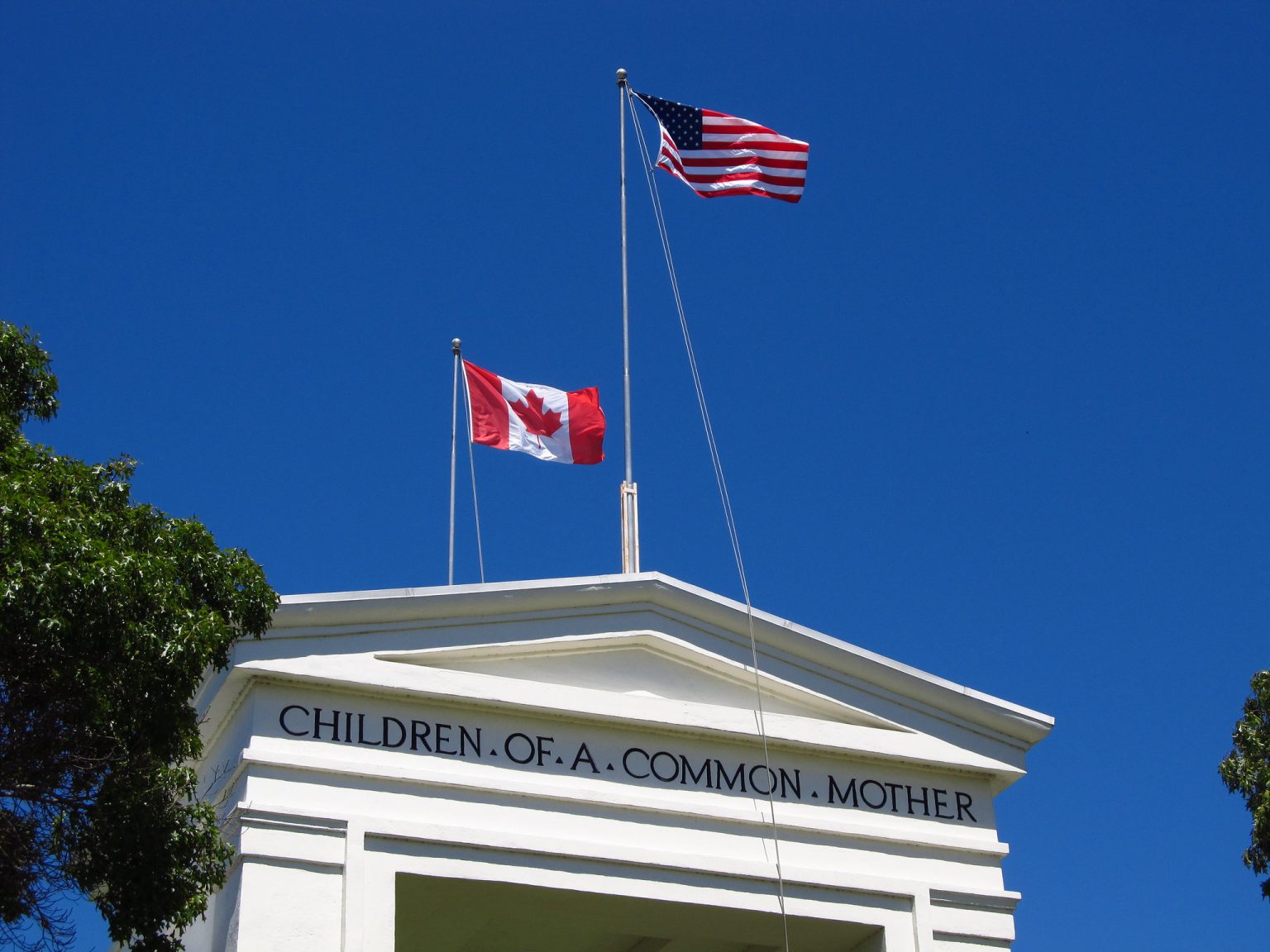How Visa Fee Changes Could Reshape North American Tech Talent Flow
The peaceful border between the United States and Canada, symbolized by the iconic Peace Arch connecting Washington state and British Columbia, may soon see shifting patterns in tech talent migration. President Trump’s recent executive order introducing a substantial $100,000 fee for H-1B visas has created both concern and opportunity across North America’s technology landscape. As American companies face higher costs for international recruitment, Canadian officials are wasting no time positioning their country as a more welcoming alternative for global tech talent. This policy shift raises important questions about the future of cross-border innovation and whether Canada might benefit from retaining more of its homegrown expertise while attracting talent that might otherwise have headed to Silicon Valley or Seattle.
Canadian provincial leaders are actively courting tech workers affected by the U.S. visa changes. British Columbia’s Minister of Jobs and Economic Growth, Ravi Kahlon, took to LinkedIn with a timely invitation for “tech talent, innovators, and scientists” to consider B.C. as their professional home, complete with a patriotic maple leaf emoji. The province already hosts significant operations for tech giants like Microsoft and Amazon, providing an established ecosystem for expansion. Similarly, Canadian Prime Minister Mark Carney addressed the Council on Foreign Relations in New York with a pointed observation about Canadian talent retention. With a diplomatic smile, he noted that while Canadian universities produce exceptional graduates in cutting-edge fields like artificial intelligence and quantum computing, most have traditionally migrated to American tech hubs. “I understand you’re changing your visa policy,” Carney remarked, “so we are going to hang on to a few of those.” The comment highlights Canada’s long-standing brain drain challenge and the potential opportunity this policy change presents for reversing that trend.
Immigration experts suggest the practical impact may be more nuanced than the headlines indicate. The substantial $100,000 fee applies specifically to new H-1B petitions and will be paid by employers rather than individual workers. Additionally, Canadians seeking U.S. employment have alternative pathways beyond the H-1B, including the USMCA Professional (TN) visa, which offers similar benefits though without a path to permanent residence. For non-Canadian foreign nationals already working for American companies in Canada, the L-1A or L-1B visas provide options for internal transfers after meeting certain employment requirements. These alternative immigration channels may mitigate some of the potential talent flow disruption, particularly for Canadian citizens, while still making the overall process of hiring global talent more expensive and complex for U.S. companies compared to their Canadian counterparts.
Despite these competitive shifts, the broader vision for regional collaboration between Washington state and British Columbia continues through initiatives like the Cascadia Innovation Corridor. This ambitious project, which includes Oregon in its scope, represents a long-term commitment to building an integrated innovation region that transcends national boundaries. Led by former Washington governor Chris Gregoire and actively supported by Microsoft President Brad Smith, the initiative envisions deeper technological and economic integration across the Pacific Northwest. Both leaders will address these evolving dynamics at the organization’s upcoming conference in Seattle, where participants will undoubtedly discuss how visa policy changes might affect their shared objectives for regional development and cooperation.
Transportation infrastructure remains central to this cross-border collaboration, with the Cascadia high-speed rail initiative recently securing $54.5 million in combined federal and state funding for planning future rail service connecting Seattle, Portland, and Vancouver. This investment demonstrates ongoing commitment to physical connectivity even as digital talent flows may be redirected by immigration policy changes. However, questions remain about how the Trump administration’s budget priorities might affect future funding for such cross-border infrastructure projects. The tension between nationalistic policy shifts and regional integration efforts highlights the complex interplay between immigration restrictions and economic interdependence in today’s technology economy.
For technology professionals and companies on both sides of the border, these developments create a moment of strategic recalculation. American tech giants must weigh the increased costs of H-1B visas against the benefits of U.S.-based innovation, potentially accelerating existing trends toward Canadian expansion. Meanwhile, Canadian companies and government leaders see an opportunity to capitalize on restrictive U.S. policies by promoting their country’s more accessible immigration pathways, competitive business environment, and high quality of life. For individual tech workers around the world, particularly those with expertise in high-demand fields like artificial intelligence, these changes reshape the landscape of opportunity across North America. As the situation evolves, the peaceful border symbolized by the Peace Arch may see its significance transformed—less as a gateway for talent flowing predominantly southward and more as the connection point between two competing but complementary innovation ecosystems, each with distinct advantages in the global competition for technological leadership.


